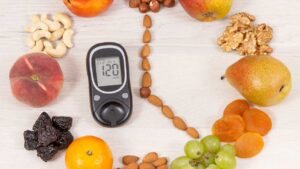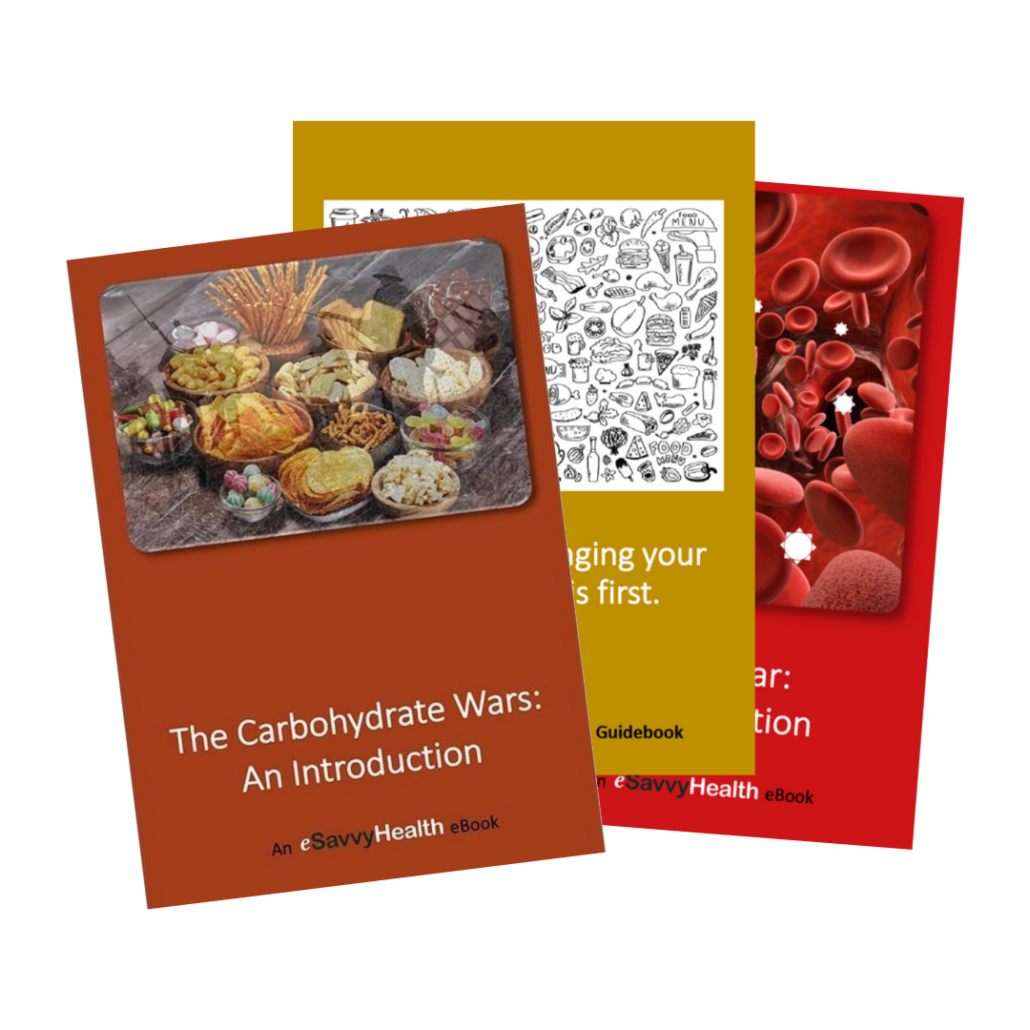Bob Graves, Executive Editor, eSavvyHealth
We regularly see news headlines about the dangers of different foods–red meat might cause cancer, tomatoes are members of the deadly nightshade family, vegetables contain a toxic compound called lectin, the gluten in wheat causes intestinal problems, etc., etc.
Despite such warnings (which, if you look for them, can be found for just about any kind of food), I’d always thought it better to eat than to not eat.
Then I ran across a news headline for a recently published study, “Intermittent fasting diet could actually send you to an early grave: new study.” Hmmm, maybe eating and not eating are both bad for us?
Or maybe the problem isn’t actually the food that human beings have been eating for thousands of years, but the alarming headlines themselves? Because when you look beyond the headlines, read the articles carefully, and consult multiple sources of information, you start to notice the frequent use of the word “may,” and phrases like “people with certain medical conditions,” “limited research,” “very small sample size,” and so on.
Or you might discover that the studies which the articles are based on used methods that do not support the claims in the headlines: the study about intermittent fasting was based on a once yearly survey of individuals asked to recall what they had eaten over the previous 24 hours, ignoring any effects of eating snacks.
Here’s another example of low-quality information, in this case due to incompleteness. US News & World Report does an annual rating of diets “based on input from a panel of diet, nutrition and health experts.” Their report “The Best Diets for 2022” can be found here. Included is this description of their selection process: “To create the latest edition of the rankings, U.S. News editors and reporters spent months winnowing potential additions to our diet roster and then mining medical journals, government reports and other resources to create in-depth profiles for those that made the cut.”
Possibly the profiles that were included are accurate and trustworthy. But I wondered about the diets that the editors chose not to consider, rather popular diets such as vegan, Eat to Live, and the Gundry Diet Evolution, to name a few.
There is one particularly glaring omission: there’s no evaluation of the diet eaten by most Americans, referred to as the Standard American Diet (SAD). It’s fairly simple to describe: mostly packaged foods consisting of highly refined ingredients, and low amounts of fresh foods, including fruits and vegetables. As a result, people who live on the SAD diet “enjoy” a very high level of consumption of industrially processed vegetable oils, highly refined grains and refined sugars.
SAD is by far the most prevalent diet in America. Food scientists have estimated that over 73% of the U.S. food supply is ultra-processed.
Had the editors included SAD in their rankings, they would have noted that it is strongly associated with serious health risks including higher rates of diabetes, heart disease and high blood pressure.
How have ultra-processed foods become the norm in America? And how is it that a popular news magazine omits mention of them in a report whose purpose is to help people eat healthier? I suspect the answer to both questions is the same: SAD foods make a great deal of money for the manufactured food industry.
These matters can appear complicated, but my takeaways are not:
- The information available to us about food and health is distorted by vested interests, and we need to be selective about what we choose to believe is true.
- We should avoid highly or ultra-processed foods as much as possible, and choose real food instead.
eSavvyHealth is loaded with resources designed to help you make good decisions related to both the information and the food you choose to consume. I hope you’ll take advantage of them.





